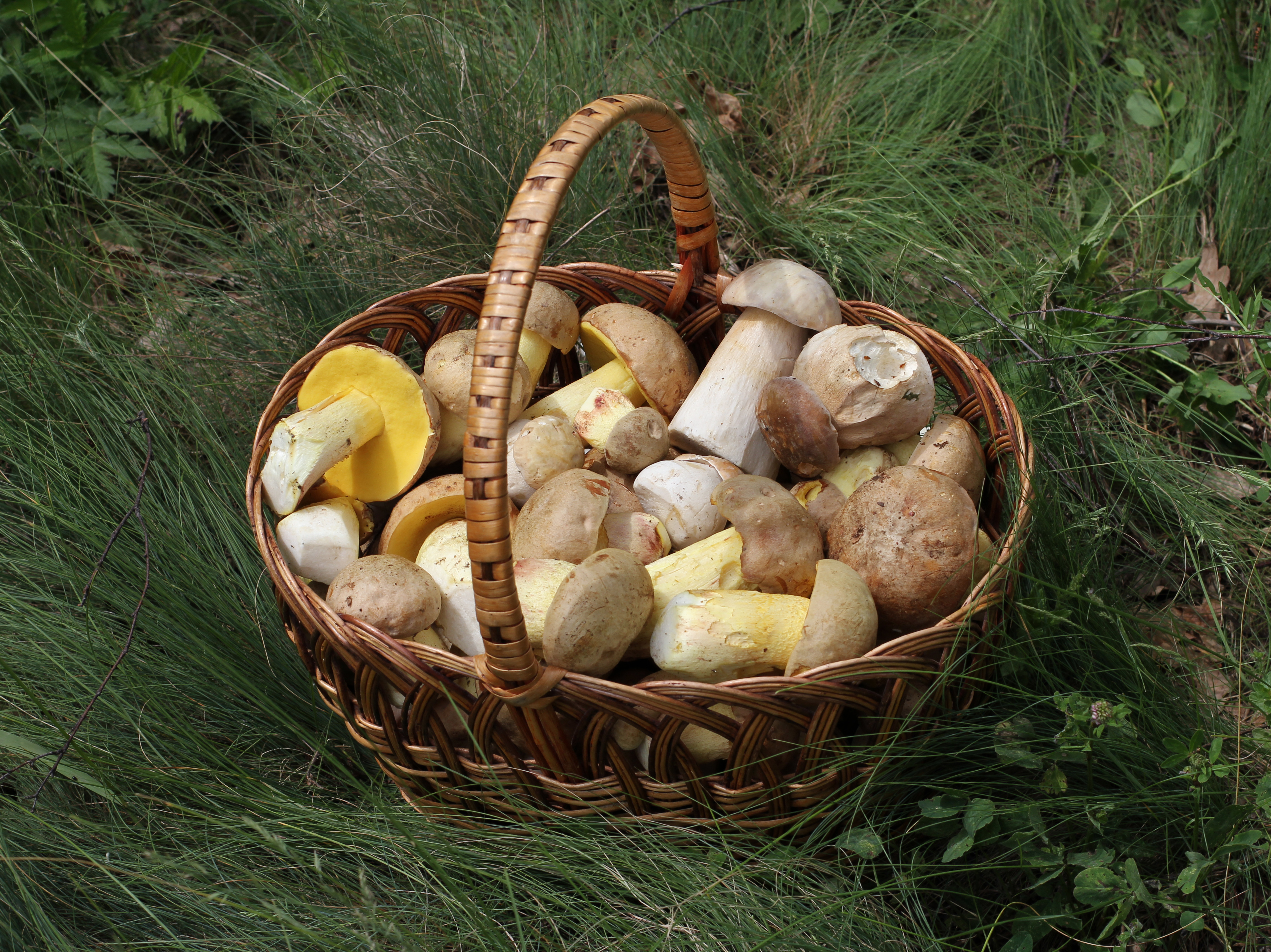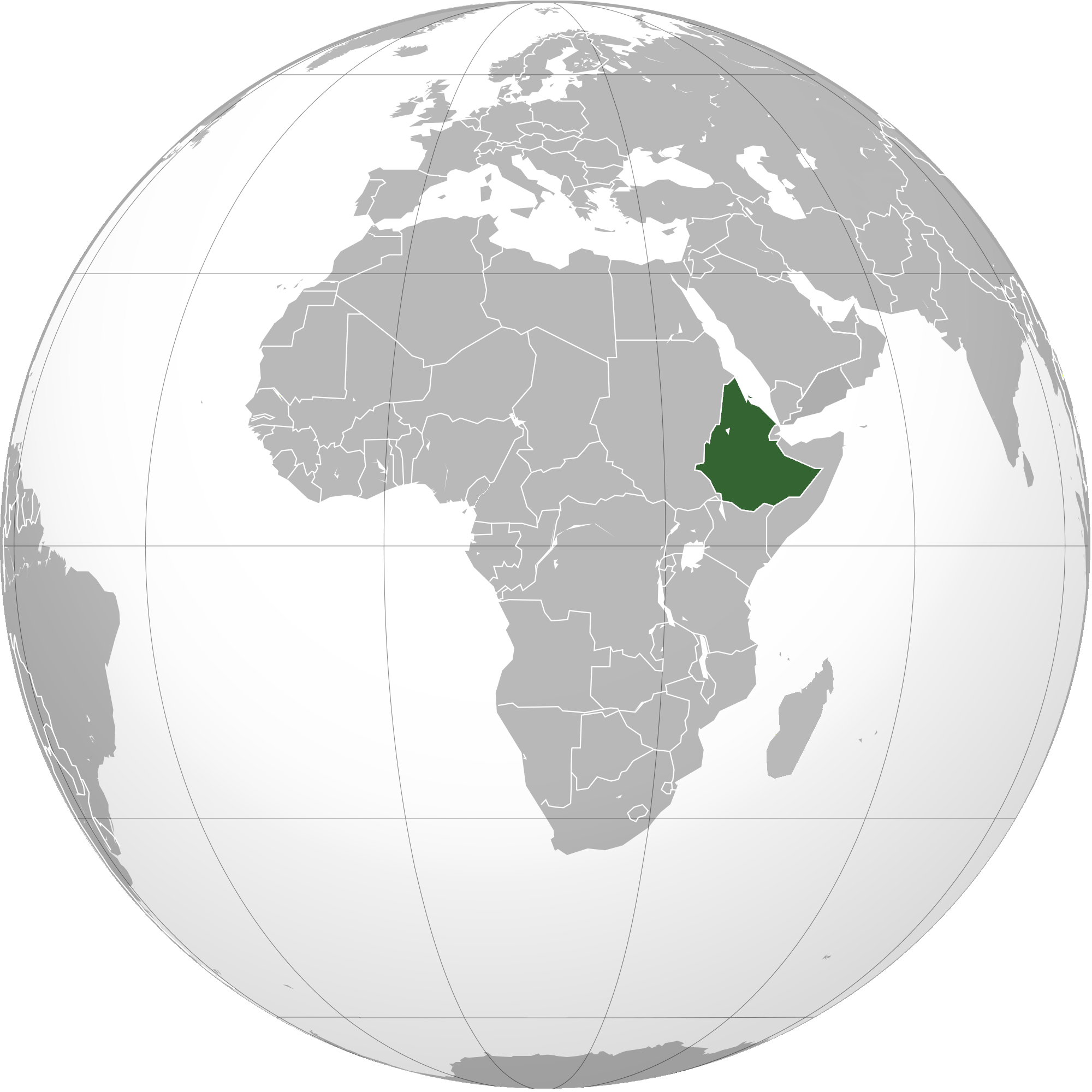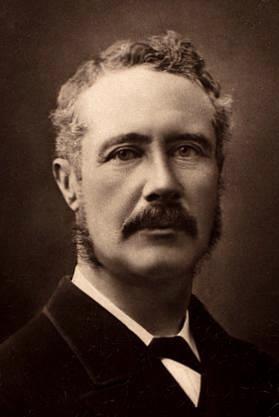|
Mesob
Mesob (Amharic: መሶብ) or Harar mesob is a Harari basket used for storing injera, an Ethiopian and Eritrean flatbread. It is widely depicted as a cultural symbol for Ethiopia, made from locally grown and partially dyed grass and palm leaves known for strength and durability. History In a certain form mesob was identified in Abyssinia as early as the sixteenth century as reported by Portuguese explorer Francisco Álvares; however, the most prominent mesob is of Harar origin. In the mid-1970s Amharas began recruiting Harari artisans to develop a particular mesob which incorporated Abyssinian and Harari designs; this variety came to dominate mesob production in Ethiopia. In popular culture Although generally described as Ethiopian, mesob baskets belong to a larger tradition of Harari basketry. A mesob is depicted on the 10 birr note. Mesob baskets are used in funeral ceremonies to support the family of the deceased person and the baskets are widely viewed as a symbolical repr ... [...More Info...] [...Related Items...] OR: [Wikipedia] [Google] [Baidu] |
Injera
Injera (, ; ; ) is a sour fermented pancake-like flatbread with a slightly spongy texture, traditionally made of teff flour. In Ethiopia and Eritrea, injera is a staple. Injera is central to the dining process in Amhara community, like bread or rice elsewhere and is usually stored in the mesob. Ingredients Traditionally, injera is made with just two ingredients: teff flour and water. Teff flour is ground from the grains of ''Eragrostis tef'', also known as teff, a cereal crop from the Ethiopian Highlands. Teff production is limited to certain middle elevations with adequate rainfall and is a low-yield crop, so it is relatively expensive for the average farming household. Many farmers in the Ethiopian highlands grow their own subsistence grains, so wheat, barley, corn, or rice flour are sometimes used to replace the teff content. Teff seeds are graded according to color, used to make different kinds of injera: ''nech'' (white), ''key'' or ''quey'' (red), and ''sergegna ... [...More Info...] [...Related Items...] OR: [Wikipedia] [Google] [Baidu] |
Ethiopian Cuisine
Ethiopian cuisine ( "Ye-Ītyōṗṗyā məgəb") characteristically consists of vegetable and often very spicy meat dishes. This is usually in the form of ''wat (food), wat,'' a thick stew, served on top of ''injera'' (), a large sourdough flatbread,Javins, Marie."Eating and Drinking in Ethiopia." Accessed July 2011. which is about in diameter and made out of Fermentation, fermented teff flour. People of Ethiopia, Ethiopians usually eat with their right hands, using pieces of to pick up bites of entrées and side dishes. The Fasting and abstinence in the Ethiopian Orthodox Tewahedo Church, Ethiopian Orthodox Tewahedo Church prescribes a number of fasting periods known as ''tsom'' ( ''ṣōm''), including all Wednesdays and Fridays and the whole Lenten season (including fifteen days outside Lent proper). Per Orien ... [...More Info...] [...Related Items...] OR: [Wikipedia] [Google] [Baidu] |
Original Harar Mesob Tables
Originality is the aspect of created or invented works that distinguish them from reproductions, clones, forgeries, or substantially derivative works. The modern idea of originality is according to some scholars tied to Romanticism, by a notion that is often called romantic originality.Smith (1924)Waterhouse (1926)Macfarlane (2007) The validity of "originality" as an operational concept has been questioned. For example, there is no clear boundary between "derivative" and "inspired by" or "in the tradition of." The concept of originality is both culturally and historically contingent. For example, unattributed reiteration of a published text in one culture might be considered plagiarism but in another culture might be regarded as a convention of veneration. At the time of Shakespeare, it was more common to appreciate the similarity with an admired classical work, and Shakespeare himself avoided "unnecessary invention".Royal Shakespeare Company (2007) ''The RSC Shakespeare - Will ... [...More Info...] [...Related Items...] OR: [Wikipedia] [Google] [Baidu] |
Amharic
Amharic is an Ethio-Semitic language, which is a subgrouping within the Semitic branch of the Afroasiatic languages. It is spoken as a first language by the Amhara people, and also serves as a lingua franca for all other metropolitan populations in Ethiopia. The language serves as the official working language of the Ethiopian federal government, and is also the official or working language of several of Ethiopia's federal regions. In 2020 in Ethiopia, it had over 33.7 million mother-tongue speakers of which 31 million are ethnically Amhara, and more than 25.1 million second language speakers in 2019, making the total number of speakers over 58.8 million. Amharic is the largest, most widely spoken language in Ethiopia, and the most spoken mother-tongue in Ethiopia. Amharic is also the second most widely spoken Semitic language in the world (after Arabic). Amharic is written left-to-right using a system that grew out of the Geʽez script. The segmental writing system in whic ... [...More Info...] [...Related Items...] OR: [Wikipedia] [Google] [Baidu] |
Harari People
The Harari people ( Harari: / , Gēy Usuach, "People of the City") are a Semitic-speaking ethnic group which inhabits the Horn of Africa. Members of this ethnic group traditionally reside in the walled city of Harar, simply called ''Gēy'' "the City" in Harari, situated in the Harari Region of eastern Ethiopia. They speak the Harari language, a member of the South Ethiopic grouping within the Semitic subfamily of the Afroasiatic languages. History The Harla people, an extinct Afroasiatic-speaking people native to Hararghe, are considered by most scholars to be the precursors to the Harari people. The ancestors of the Hararis moved across the Bab-el-Mandeb, settling in the shores of Somalia and later expanding into the interior producing a Semitic-speaking population among Cushitic and non-Afroasiatic-speaking peoples in what would become Harar. These early Semitic settlers in the region were believed to be of Hadhrami stock. Sheikh Abadir, the legendary patriarch of the H ... [...More Info...] [...Related Items...] OR: [Wikipedia] [Google] [Baidu] |
Basket
A basket is a container that is traditionally constructed from stiff Fiber, fibers, and can be made from a range of materials, including wood splints, Stolon, runners, and cane. While most baskets are made from plant materials, other materials such as horsehair, baleen, or metal wire can be used. Baskets are generally woven by hand. Some baskets are fitted with a lid, while others are left open on top. Uses Baskets serve utilitarian as well as aesthetic purposes. Some baskets are ceremonial, that is religious, in nature. While baskets are usually used for Harvest, harvesting, storage and transport, specialized baskets are used as sieves for a variety of purposes, including cooking, processing seeds or grains, tossing gambling pieces, rattles, fans, fish traps, and laundry basket, laundry. History Prior to the invention of woven baskets, people used Bark (botany), tree bark to make simple containers. These containers could be used to transport gathered food and other items, b ... [...More Info...] [...Related Items...] OR: [Wikipedia] [Google] [Baidu] |
Ethiopia
Ethiopia, officially the Federal Democratic Republic of Ethiopia, is a landlocked country located in the Horn of Africa region of East Africa. It shares borders with Eritrea to the north, Djibouti to the northeast, Somalia to the east, Kenya to the south, South Sudan to the west, and Sudan to the northwest. Ethiopia covers a land area of . , it has around 128 million inhabitants, making it the List of countries and dependencies by population, thirteenth-most populous country in the world, the List of African countries by population, second-most populous in Africa after Nigeria, and the most populous landlocked country on Earth. The national capital and largest city, Addis Ababa, lies several kilometres west of the East African Rift that splits the country into the African Plate, African and Somali Plate, Somali tectonic plates. Early modern human, Anatomically modern humans emerged from modern-day Ethiopia and set out for the Near East and elsewhere in the Middle Paleolithi ... [...More Info...] [...Related Items...] OR: [Wikipedia] [Google] [Baidu] |
Harar Mesob
Harar (; Harari: ሀረር / ; ; ; ), known historically by the indigenous as Harar-Gey or simply Gey (Harari: ጌይ, ݘٛىيْ, ''Gēy'', ), is a walled city in eastern Ethiopia. It is also known in Arabic as the City of Saints (). Harar is the capital city of the Harari Region. The ancient city is located on a hilltop in the eastern part of the country and is about from the Ethiopian capital Addis Ababa at an elevation of . For centuries, Harar has been a major commercial center, linked by the trade routes with the rest of Ethiopia, the entire Horn of Africa, the Arabian Peninsula, Asia, and through its ports, the outside world. Harar Jugol, the old walled city, was listed as a World Heritage Site in 2006 by UNESCO in recognition of its cultural heritage. Because of Harar's long history of involvement during times of trade in the Arabian Peninsula, the Government of Ethiopia has made it a criminal offence to demolish or interfere with any historical sites or fixtures in t ... [...More Info...] [...Related Items...] OR: [Wikipedia] [Google] [Baidu] |
Ethiopian Empire
The Ethiopian Empire, historically known as Abyssinia or simply Ethiopia, was a sovereign state that encompassed the present-day territories of Ethiopia and Eritrea. It existed from the establishment of the Solomonic dynasty by Yekuno Amlak around 1270 until the 1974 Ethiopian coup d'état, 1974 coup d'état by the Derg, which ended the reign of the final Emperor, Haile Selassie. In the late 19th century, under Emperor Menelik II, the Menelik II's conquests, empire expanded significantly to the south, and in 1952, Federation of Ethiopia and Eritrea, Eritrea was federated under Selassie's rule. Despite being surrounded by hostile forces throughout much of its history, the empire maintained a kingdom centered on its Orthodox Tewahedo, ancient Christian heritage. Founded in 1270 by Yekuno Amlak, who claimed to descend from the last Kingdom of Aksum, Aksumite king and ultimately King Solomon and the Queen of Sheba, it replaced the Agaw people, Agaw Zagwe Kingdom, kingdom of the Za ... [...More Info...] [...Related Items...] OR: [Wikipedia] [Google] [Baidu] |
Portuguese People
The Portuguese people ( – masculine – or ''Portuguesas'') are a Romance languages, Romance-speaking ethnic group and nation Ethnic groups in Europe, indigenous to Portugal, a country that occupies the west side of the Iberian Peninsula in Southern Europe, south-west Europe, who share Culture of Portugal, culture, ancestry and Portuguese language, language. The Portuguese state began with the founding of the County of Portugal in 868. Following the Battle of São Mamede (1128), Portugal gained international recognition as a Kingdom of Portugal, kingdom through the Treaty of Zamora and the papal bull Manifestis Probatum. This Portuguese state paved the way for the Portuguese people to unite as a nation. The Portuguese Portuguese maritime exploration, explored Hic sunt Dracones, distant lands previously unknown to Europeans—in the Americas, Africa, Asia and Oceania (southwest Pacific Ocean). In 1415, with the conquest of Ceuta, the Portuguese took a significant role in the ... [...More Info...] [...Related Items...] OR: [Wikipedia] [Google] [Baidu] |
Francisco Álvares
Francisco Álvares ( – 1536–1541) was a Portugal, Portuguese missionary and exploration, explorer. In 1515 he traveled to Ethiopia as part of the Portuguese embassy to emperor Lebna Dengel accompanied by returning Mateus (Ethiopia), Ethiopian ambassador Matheus. The embassy arrived only in 1520 to Ethiopian Empire, Ethiopia where he joined long sought Portuguese envoy Pêro da Covilhã. There he remained six years, returning to Lisbon in 1526-27 having written a report entitled ''Verdadeira Informação das Terras do Preste João das Índias'' ("A True Relation of the Lands of Prester John of the Indies"). 1515 embassy to Ethiopia Francisco Álvares was a chaplain-priest and almoner to King Manuel I of Portugal. He was sent in 1515 as part of the Portuguese embassy to the nəgusä nägäst (Emperor of Ethiopia), accompanied by the Mateus (Ethiopia), Ethiopian ambassador Matheus. Their first attempt to reach the port of Massawa failed due to the actions of Lopo Soares de ... [...More Info...] [...Related Items...] OR: [Wikipedia] [Google] [Baidu] |
Harar
Harar (; Harari language, Harari: ሀረር / ; ; ; ), known historically by the indigenous as Harar-Gey or simply Gey (Harari: ጌይ, ݘٛىيْ, ''Gēy'', ), is a List of cities with defensive walls, walled city in eastern Ethiopia. It is also known in Arabic as the City of Wali, Saints (). Harar is the capital city of the Harari Region. The ancient city is located on a hilltop in the eastern part of the country and is about from the Ethiopian capital Addis Ababa at an elevation of . For centuries, Harar has been a major commercial center, linked by the trade routes with the rest of Ethiopia, the entire Horn of Africa, the Arabian Peninsula, Asia, and through its ports, the outside world. Harar Jugol, the old walled city, was listed as a World Heritage Site in 2006 by UNESCO in recognition of its cultural heritage. Because of Harar's long history of involvement during times of trade in the Arabian Peninsula, the Government of Ethiopia has made it a criminal offence to demol ... [...More Info...] [...Related Items...] OR: [Wikipedia] [Google] [Baidu] |







